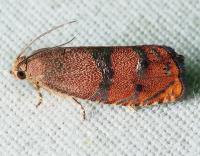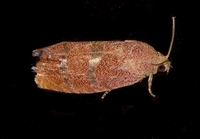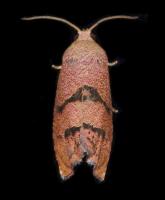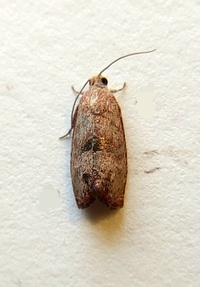
| Recorded by: Mark Basinger on 2025-10-02
Richmond Co.
Comment: | 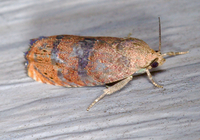
| Recorded by: Jim Petranka on 2025-09-28
Madison Co.
Comment: |
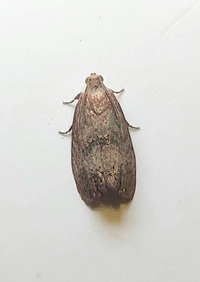
| Recorded by: Mark Basinger on 2025-09-26
Brunswick Co.
Comment: | 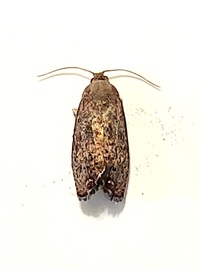
| Recorded by: Mark Basinger on 2025-09-20
Brunswick Co.
Comment: |
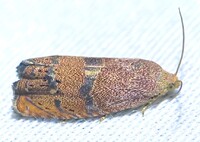
| Recorded by: Dean Furbish and Joy Wiggins on 2025-09-11
Wake Co.
Comment: | 
| Recorded by: Mark Basinger on 2025-09-07
Brunswick Co.
Comment: |
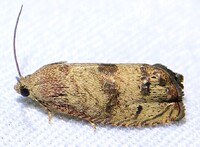
| Recorded by: Dean Furbish, Lior S. Carlson, John F. Jarvis on 2025-09-05
Orange Co.
Comment: | 
| Recorded by: Dean Furbish and Joy Wiggins on 2025-09-02
Wake Co.
Comment: |

| Recorded by: Mark Basinger on 2025-09-01
Rowan Co.
Comment: | 
| Recorded by: R. Newman on 2025-08-28
Carteret Co.
Comment: |

| Recorded by: Dean Furbish on 2025-08-25
Wake Co.
Comment: | 
| Recorded by: Mark Basinger on 2025-08-23
Brunswick Co.
Comment: |

| Recorded by: Jim Petranka, Marilyn Westphal and Becky Elkin. on 2025-08-17
Henderson Co.
Comment: | 
| Recorded by: Dean Furbish, Lior S. Carlson, Randy Emmitt on 2025-08-12
Alamance Co.
Comment: |
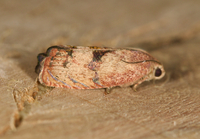
| Recorded by: Jim Petranka, Mark Basinger and Becky Elkin on 2025-08-03
Moore Co.
Comment: | 
| Recorded by: Mark Basinger on 2025-07-25
Brunswick Co.
Comment: |

| Recorded by: Ken Kneidel on 2025-07-22
Mecklenburg Co.
Comment: | 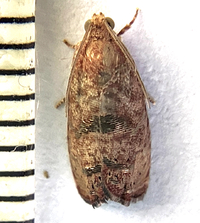
| Recorded by: Ken Kneidel on 2025-07-22
Mecklenburg Co.
Comment: |

| Recorded by: Mark Basinger on 2025-07-21
Brunswick Co.
Comment: | 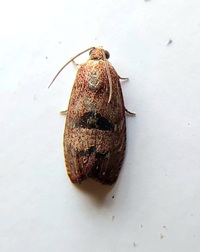
| Recorded by: Mark Basinger on 2025-07-20
Brunswick Co.
Comment: |

| Recorded by: Jeff Niznik, David George, Rob Van Epps, Kevin Metcalf on 2025-07-20
Richmond Co.
Comment: | 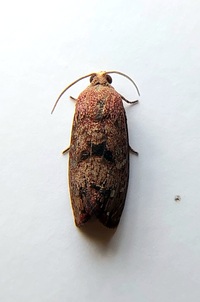
| Recorded by: Mark Basinger on 2025-07-19
Brunswick Co.
Comment: |

| Recorded by: R. Newman on 2025-07-13
Carteret Co.
Comment: | 
| Recorded by: Mark Basinger on 2025-07-08
Brunswick Co.
Comment: |
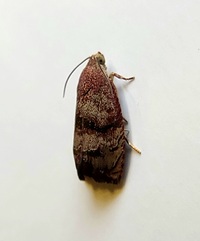
| Recorded by: Mark Basinger on 2025-07-08
Brunswick Co.
Comment: | 
| Recorded by: Jeff Niznik, David George, Larry Chen, Sarah Toner, Joye Zhou on 2025-06-20
Richmond Co.
Comment: |

| Recorded by: Jim Petranka on 2025-06-08
Madison Co.
Comment: | 
| Recorded by: Simpson Eason on 2025-05-17
Durham Co.
Comment: |

| Recorded by: Mark Basinger on 2024-10-05
Brunswick Co.
Comment: | 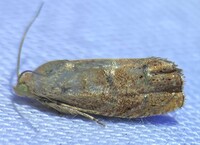
| Recorded by: Dean Furbish on 2024-09-23
Wake Co.
Comment: |
|

 »
»